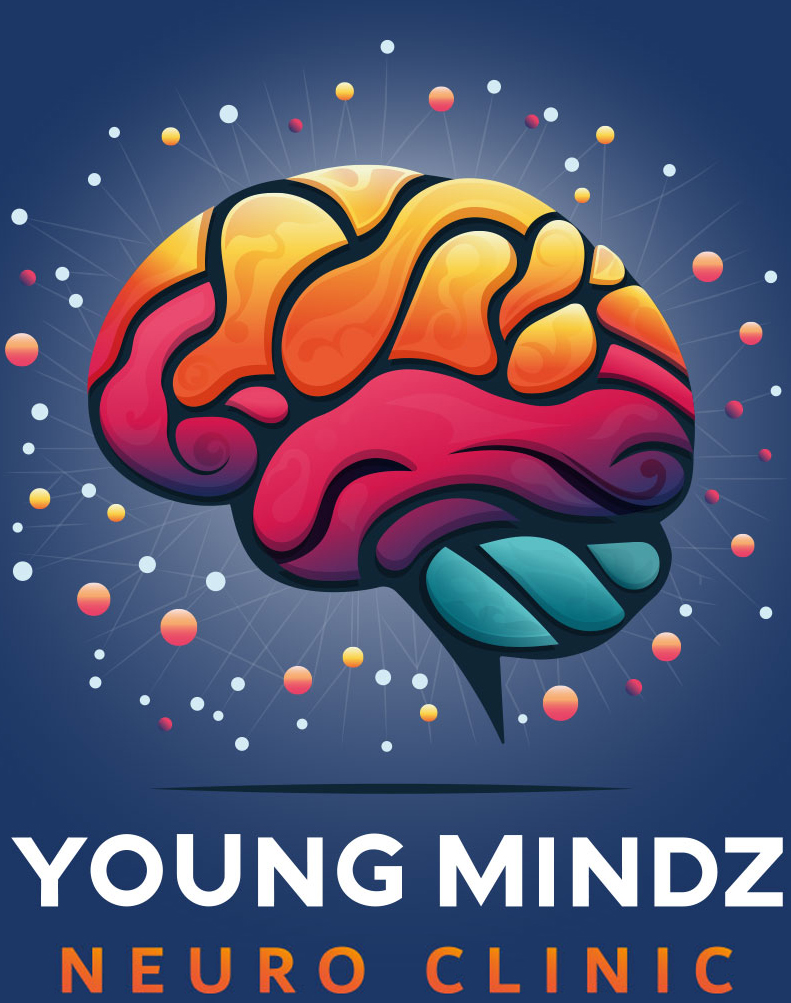COVID-19 Resources for Neurology Coaches... Learn More
Electroencephalography (EEG)
We provide an in office EEG and also a convenient home ambulatory study
What is an EEG?
EEG is short for “electroencephalogram.” An EEG is a test that measures electrical activity in the brain and records brain wave patterns. Some brain conditions can affect a person’s brain wave patterns.
Why might I get an EEG?
Your doctor might order an EEG to diagnose a brain condition or get more information about a known brain condition. You might have an EEG if you:
- Have a seizure – Seizures are waves of abnormal electrical activity in the brain. They can make you have convulsions (sudden shaking episodes), pass out, or move or behave strangely. An EEG can give your doctor information about your seizures.
- Pass out
- Have a brain tumor, brain injury, brain disease, sleep problems, or memory problems
- Are going to have brain surgery
A doctor might also order an EEG to check the brain activity of a person in a coma.
How do I prepare for an EEG?
You should:
- The night before the EEG, wash your hair the with shampoo only. Don’t put any conditioner, cream, or gel in your hair.
- Avoid caffeine for 8 to 12 hours before the EEG.
- Follow your doctor’s instructions about taking your medicines. You might need to take your usual medicines and doses. Or you might need to change your medicines.
- Follow your doctor’s instructions about sleep. You might need to stay awake the night before your EEG if your doctor orders something called a “sleep-deprived EEG.” If you do this, you will need to stay awake without drinking coffee or energy drinks.
What happens during an EEG?
An EEG can take place in a lab, office, or hospital.
First, a technologist will stick electrodes onto your scalp using paste (figure 1). Some people wear a special cap with electrodes on it instead. Wires run from the electrodes to a computer that will record your brain activity.
After the electrodes are in place, you will lie on a bed or lean back in a chair. Your doctor might give you medicine to make you sleepy. You will need to stay still and close your eyes. The technologist will ask you to do different things at different times during the EEG. They might have you look at a flashing light, or breathe in and out deeply and quickly.
Having an EEG usually takes about an hour, but it might last longer. People can have an EEG for a few hours or overnight. In some cases, a video camera will record the person during their EEG. This is called a “video EEG.”
Some people have an “ambulatory EEG.” After the electrodes are in place, they go home wearing a portable EEG recorder. The EEG records their brain waves for a few days, or sometimes longer, while they do their usual activities.
What happens after an EEG?
The technologist will remove the electrodes or the cap. Most people can resume their usual activities. But if your doctor gave you medicine to make you sleepy, you will feel sleepy for a while. In that case, another person should bring you home.
What are the downsides of an EEG?
There aren’t usually any downsides. The procedure does not hurt. An EEG only gets information about the electricity your brain makes. It does not do anything to your brain, and it cannot read your thoughts or feelings.
What should I know about the results?
An EEG doesn’t always give a doctor helpful information. That’s because it records brain activity only for a short time.
Some people can have a normal EEG result even if they have seizures or another brain condition. Your doctor will use your EEG results along with your exam and other results to diagnose or manage your condition. If your doctor thinks another EEG would be helpful, they might have you do an EEG that lasts longer.
Patient education: Seizures (The Basics)
Patient education: Epilepsy in adults (The Basics)
Patient education: Epilepsy in children (The Basics)
Patient education: Seizures in adults (Beyond the Basics)
Patient education: Seizures in children (Beyond the Basics)
Source: UpToDate


